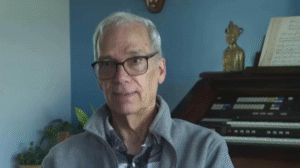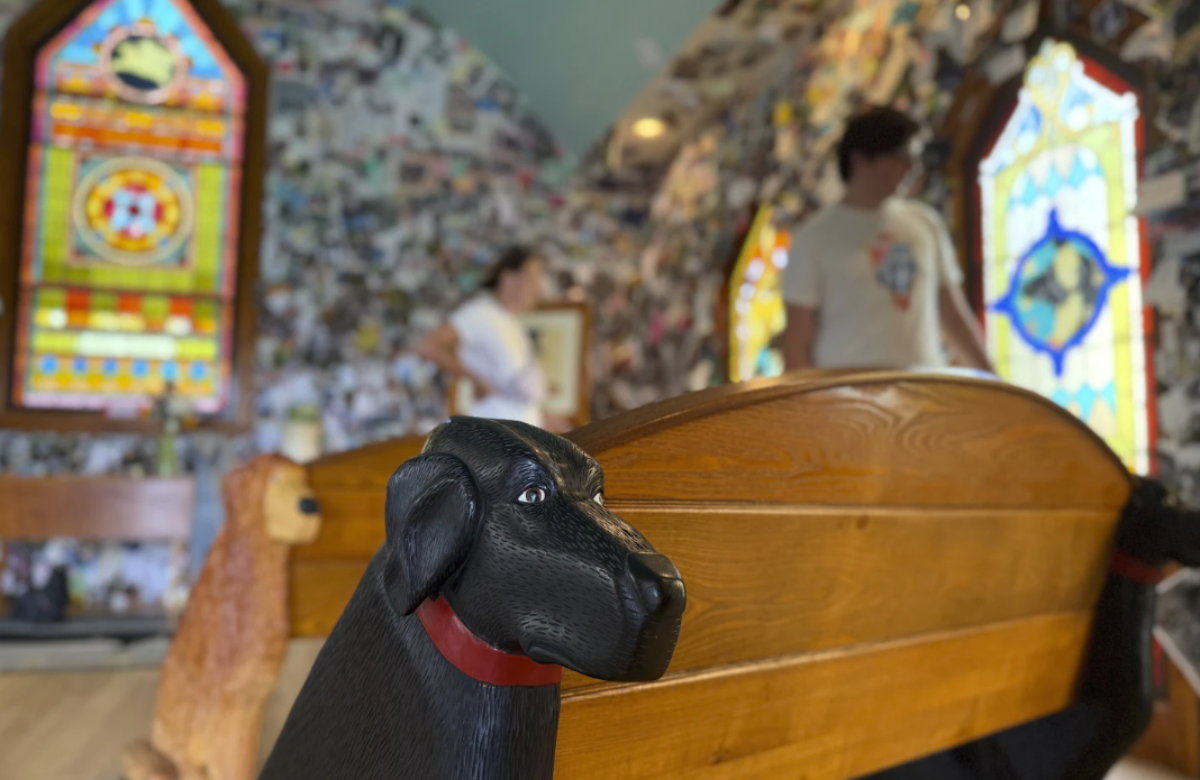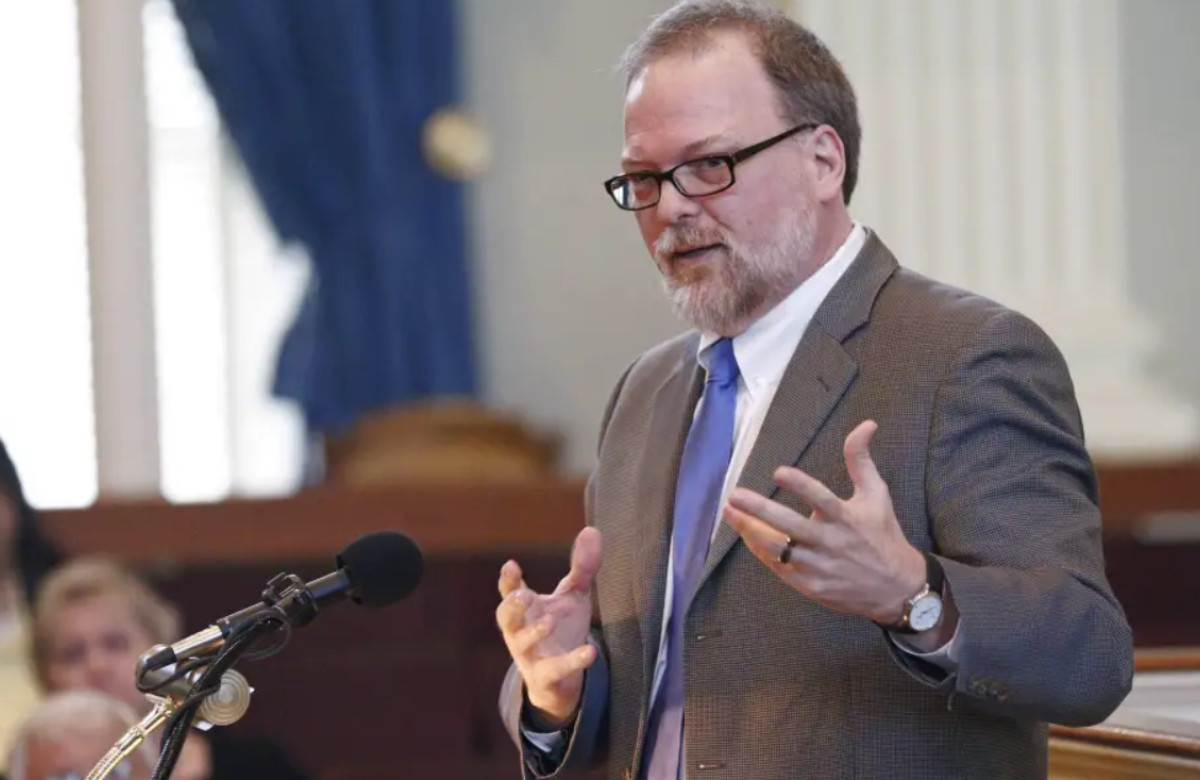On Wednesday, South Carolina Governor Henry McMaster marked two significant milestones. He delivered his eighth State of the State address and became the longest-serving governor in the state’s history, surpassing 2,927 days in office. This achievement is largely due to his political acumen over four decades and support from former President Donald Trump.
At 77, McMaster also holds the title of the oldest governor in South Carolina’s 249-year history. Despite this remarkable accomplishment, McMaster did not mention the milestone in his speech before the General Assembly, and his staff has downplayed any focus on a retrospective celebration. When asked last week about approaching this achievement, McMaster humorously remarked, “Well, all you have to do is stay alive.”
South Carolina’s gubernatorial terms originally lasted two years, with no possibility of reelection. In 1980, the state expanded the term length to four years and allowed governors to serve two consecutive terms.
Since the change in the law, three governors have served the full eight years in office. Due to the timing of his inauguration, Democrat Dick Riley actually served a bit longer, totaling eight years and four days, from 1979 to 1987.
McMaster is set to surpass Riley’s record, as he took office in 2017 after Gov. Nikki Haley was appointed as the U.N. ambassador by President Trump. He completed the final two years of Haley’s term and has been reelected twice since. His current term will end in January 2027.
Born in Columbia, McMaster earned both his undergraduate and law degrees from the University of South Carolina and speaks with a distinct local accent. A lifelong Republican in a state once dominated by Democrats, McMaster began his political career in the early 1970s as a legislative assistant to U.S. Sen. Strom Thurmond.
He’s also one of the few Republicans still in office who has experienced defeat at the hands of a Democrat. In 1986, he ran against U.S. Sen. Ernest “Fritz” Hollings but lost badly, earning just 36% of the vote and only winning one county.
After leading the South Carolina Republican Party to power in the Legislature, McMaster was elected state attorney general, with plans to use the position as a stepping stone to the governor’s office. However, he finished a distant third in the 2010 Republican primary, receiving just 17% of the vote. This setback led to several political obituaries being written about him.
McMaster then aligned himself with Gov. Nikki Haley and was elected lieutenant governor in 2014. His most strategic political move came in January 2016 when, at a rally, he became the highest-ranking state official to endorse Donald Trump’s bid for the Republican presidential nomination. McMaster called Trump a “man of action” at a time when many establishment Republicans were still searching for an alternative candidate.
When Trump won the presidency, he offered McMaster any position he wanted, and McMaster requested the governor’s office. As a result, Trump offered Haley a position as U.N. ambassador, allowing McMaster to step into the governor’s role.
McMaster is passionate about his job and stays active across the state, frequently attending Rotary club meetings or presenting South Carolina’s highest honor, the Order of the Palmetto.
During his eight years as governor, McMaster has had a relatively smooth relationship with the Statehouse. Unlike his predecessors, Gov. Mark Sanford and Gov. Nikki Haley, McMaster has not pursued higher office ambitions and has been more focused on working across party lines. His willingness to collaborate with both parties in the General Assembly has allowed him to achieve things that are not typically popular with conservatives, such as raising teacher pay and protecting undeveloped land from development.
Democratic Rep. Gilda Cobb-Hunter, who has served in the House for 33 years, praised McMaster for his ability to work with others, even if they disagree on policies. “He at least recognizes there is some General Assembly required,” Cobb-Hunter said. “He’s been easy to work with even though I don’t agree with many of his policies. I like him personally. You know, it’s business.”
In his recent State of the State address, McMaster reiterated themes from past speeches, emphasizing his desire to continue raising teacher pay, cutting business regulations, and dedicating more funds to land conservation. He also called for more resources to assess inefficiencies within South Carolina’s colleges and universities and to combat illegal dogfighting.
It took Governor McMaster a little while to reach the front of the House chamber, as he took time to greet people, shake hands, and take selfies. Once at the podium, he held up a well-worn copy of South Carolina: A History, a book he often references, written by historian Walter Edgar.
In his speech, McMaster reflected on both the past and the future. He highlighted the upcoming 250th anniversary of the Revolutionary War and proudly proclaimed that South Carolina’s history and culture have played a key role in shaping the nation.
He then shifted to look ahead, asking what South Carolina will be like in 100 years. “We’ve answered that question,” McMaster said. He pointed out that for years, the state has invested billions of dollars into education to ensure future generations are prepared to contribute to the state’s growth. He also emphasized the state’s significant investment in preserving its natural resources, which he believes will benefit both the environment and the economy, while also fulfilling a moral duty to care for the land.
Governor McMaster excels in one-on-one interactions, whether he’s engaging with international business leaders or attending county GOP meetings, according to Republican U.S. Senator Lindsey Graham. Graham, who began his political career a decade after McMaster, praised the governor for making South Carolina a thriving and business-friendly state.
“He’s made our state a prosperous, good place to do business,” Graham said in an interview this week. “He’s a dear friend, and I believe he will be remembered as one of the greatest governors in South Carolina’s history.”















